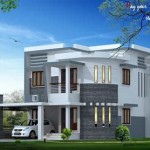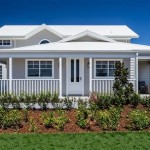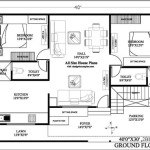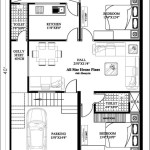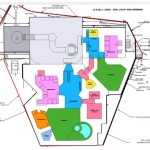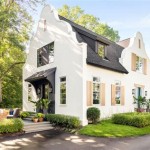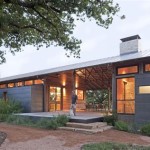The West Wing TV White House Floor Plan: A Fictional Layout with Realistic Elements
The NBC television series The West Wing, airing from 1999 to 2006, offered viewers a glimpse into the fictionalized daily operations of the White House during the Bartlet administration. While grounded in some realities of the actual West Wing, the show's set design took creative liberties to enhance dramatic storytelling and accommodate production needs. Analyzing the floor plan of this fictional West Wing reveals both insightful similarities and deliberate departures from the real-world layout.
One of the most notable features of the West Wing set is the prominent location and spaciousness of the Oval Office. Situated centrally, it serves as a visual anchor, reflecting the President's pivotal role. This placement, while not entirely accurate to the real West Wing, effectively emphasizes the office's importance within the show's narrative. The set designers enlarged the Oval Office compared to its real-life counterpart, allowing for more dynamic camera angles and ensemble scenes, crucial for a show focused on group interactions.
Adjacent to the Oval Office, the senior staff offices are strategically placed for easy access to the President. This configuration underscores the close working relationships and constant communication between the President and his key advisors. Specifically, the location of Leo McGarry's Chief of Staff office, directly adjacent to the Oval Office, visually reinforces his role as the President's gatekeeper and closest confidante. This proximity facilitates the frequent, often urgent, consultations depicted throughout the series.
The show also highlights the importance of the Press Briefing Room, giving it a more prominent position than it holds in the real West Wing. This allows for dramatic press conferences and briefings to be seamlessly integrated into the storyline. The increased visibility of the Press Secretary's office, often shown bustling with activity, reflects the administration's interaction with the media, a recurring theme in the show. This layout emphasizes the role of public perception and the constant pressure faced by the White House in managing its image.
The fictional West Wing incorporates a large, open bullpen for junior staff members, fostering a sense of collaborative energy and constant activity. This open-plan layout allows for easy interaction between characters and creates a visual representation of the fast-paced, interconnected nature of White House operations. While the real West Wing does have office spaces for staff, the show’s depiction amplifies this aspect to create a more dynamic and visually engaging environment.
A critical deviation from the actual West Wing layout is the inclusion of a hallway known as the "hallway of power." This long corridor, connecting various offices, provides a dramatic setting for walk-and-talks, a signature element of the show's visual style. These walk-and-talks allow for exposition, character development, and strategic plotting, often conveying crucial information while characters are literally in motion. The real West Wing does have hallways, but the show’s version is significantly elongated and more centrally located to serve the narrative.
The set design also features the Mess, a small, informal dining area where staff members gather to eat, socialize, and discuss work. This space, while not directly replicated in the real West Wing, provides a more relaxed setting for character interactions, allowing for informal dialogue and moments of levity amidst the high-pressure environment. The Mess serves as a visual representation of the camaraderie and personal connections between the staff members.
The Situation Room, while not a constant presence in the show, is depicted as a technologically advanced and secure space for managing crises. Its appearance reflects the gravity of the decisions made within its walls and underscores the high-stakes nature of the presidency. The show realistically portrays the Situation Room as a hub for information gathering and strategic planning during critical events.
While the West Wing's set designers took creative liberties with the layout, the fictional floor plan serves a crucial narrative function. It fosters a sense of realism while enhancing dramatic storytelling. The layout prioritizes visual clarity, facilitating the portrayal of complex political maneuvering and interpersonal dynamics, making the fictional White House a compelling and believable backdrop for the show's intricate plots and character arcs.
The show’s enduring popularity speaks to the effectiveness of its set design. The fictional West Wing became a familiar and recognizable space for viewers, blurring the lines between fiction and reality. By strategically rearranging and reimagining the traditional layout, the show created a dynamic and engaging environment that contributed significantly to its narrative success.

I Want To Work Here West Wing Wings Tv

A Map Of The West Wing Detailing Leo S Journey Around It At Start Pilot Episode

West Wing Building The White House Usa

Virtual Tour Of The White House Standard

S West Wing Can Reality Match The Liberal White House Fantasy Administration Guardian

Inside The Wh West Wing Tour White House

White House Tours 2024 Tickets Maps And Photos Arquitectura

How Was The Set Of West Wing Made Additionally Were External Shots Air Force One Shot With A Green Screen Or Real 747 Livery

File West Wing 2nd Floor Png Wikipedia

Biden S West Wing Office Plans Shows Those In Power But Sister Valerie Is Missing Daily Mail


